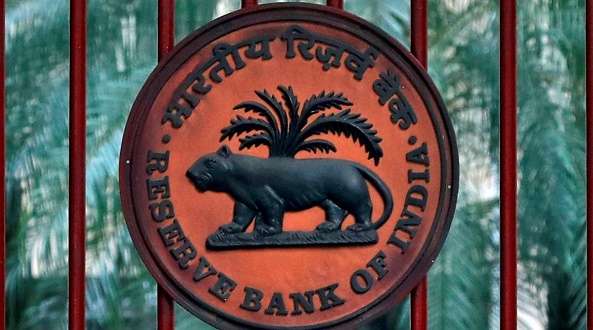





Disclaimer: Copyright infringement not intended.
Context
BACKGROUND
About NPA
Types of NPAs
GNPA and NNPA
Banks are required to make their NPAs numbers public and to the RBI as well from time to time. There are primarily two metrics that help us to understand the NPA situation of any bank. NPA numbers for a bank will be mentioned in the standalone financial statements of a bank.
NPA in Absolute Numbers
GNPA: GNPA stands for gross non-performing assets. GNPA is an absolute amount. It tells us the total value of gross non-performing assets for the bank in a particular quarter or financial year as the case may be.
NNPA: NNPA stands for net non-performing assets. NNPA subtracts the provisions made by the bank from the gross NPA. Therefore, net NPA gives us the exact value of non-performing assets after the bank has made specific provisions for it.
NPA Ratios
NPAs can also be expressed as a percentage of total advances. It gives us an idea of how much of the total advances is not recoverable. The calculation is pretty simple:
GNPA ratio is the ratio of the total GNPA of the total advances.
NNPA ratio uses net NPA to find out the ratio to the total advances.
|
Gross NPA (GNPA) |
Net NPA (NNPA) |
|
Gross NPA (GNPA) denotes the total of all the loan assets that haven’t been repaid by the borrowers within the ninety-day period. |
Net NPA (NNPA) is the amount remaining after deducting doubtful and unpaid debts from the GNPA. It is the actual loss suffered by the bank. |
|
(Substandard + Doubtful + Loss) assets |
Net NPAs = Gross NPAs – Provisions |
|
It does not qualify the organization’s actual loss. |
It qualifies the organization’s actual loss. |
|
The bank provides a time limit after which the principal and interest must be repaid. After this period expires, the asset becomes non-performing. |
There is no such time limit in Net NPA. |








© 2025 iasgyan. All right reserved